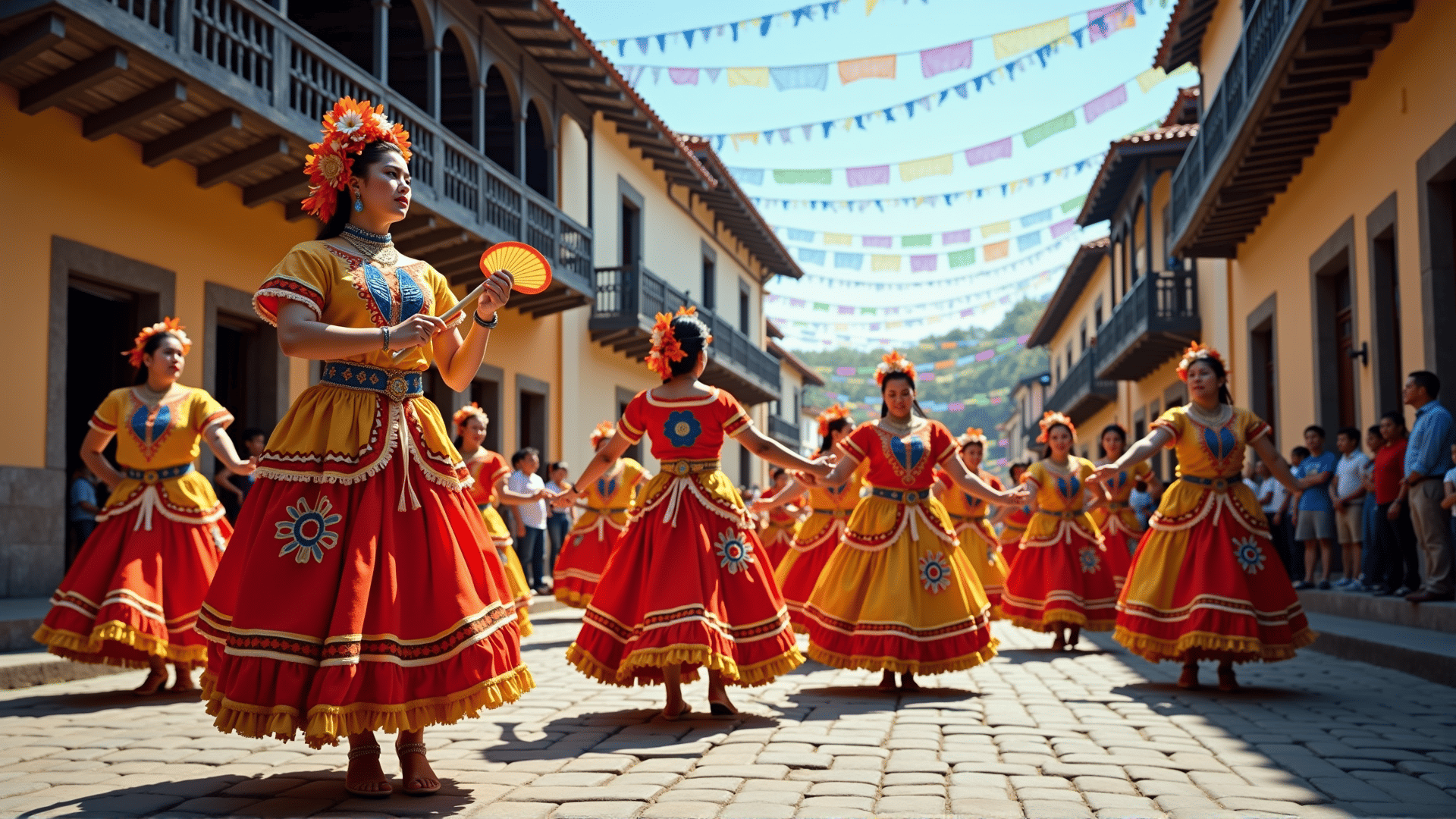The Philippines, an archipelago of over 7,000 islands, is a vibrant mosaic of cultures and traditions, each contributing to the nation's rich cultural tapestry. With a history spanning thousands of years, the country's diverse heritage is a testament to the numerous influences that have shaped its identity.
At the heart of this cultural wealth are the indigenous communities, whose ancient customs and traditions persist to this day. Among these are the indigenous crafts such as weaving, pottery, and wood carving, each telling a story of its own. The intricate designs of textiles, like the T'nalak of the T'boli people or the Inabel of the Ilocanos, convey narratives from myths and nature, representing a deep connection to their ancestry.
The Spanish colonial period introduced new architectural styles and religious practices that remain visible across the archipelago. Baroque churches, many of which are UNESCO World Heritage sites, stand as monumental proofs of this era. Their unique fusion of European and local elements makes them architectural gems that inspire both faith and admiration.
Cuisine in the Philippines is a flavorful blend of Malay, Chinese, Spanish, and American influences, resulting in a distinct gastronomic identity. Dishes like adobo, sinigang, and lechon encapsulate the fusion of these culinary traditions, offering locals and visitors alike a taste of the country's diverse heritage. Filipino food, often served during community gatherings and celebrations, reinforces social bonds and showcases the country's famed hospitality.
The performing arts also play a significant role in reflecting the country’s cultural wealth. Traditional dances like the tinikling and cariñosa are performed during festivals and gatherings, embodying the joy and vitality of Filipino culture. Contemporary music and dance, meanwhile, incorporate traditional elements, ensuring that these ancestral sounds and movements continue to thrive in new contexts.
Festivals across the Philippines further demonstrate the rich cultural tapestry of its people. Each region hosts its own festivals, characterized by colorful parades, elaborate costumes, and music that bring communities together. These celebrations, such as the Ati-Atihan, Sinulog, and Pahiyas, are vibrant expressions of local identity and unity.
Languages in the Philippines also reflect its cultural diversity, with over 170 languages spoken throughout the islands. While Filipino and English are the official languages, regional dialects remain widely used, preserving the unique voices and stories of each community. This linguistic richness continues to be a vital part of the nation's identity.
In summary, the Philippines is a nation where the past and present intertwine, celebrated through its people's enduring customs, lively festivals, and vibrant art forms. Its cultural heritage reflects a history of evolution and adaptation, forming a captivating legacy that invites exploration and appreciation by all who encounter it.
